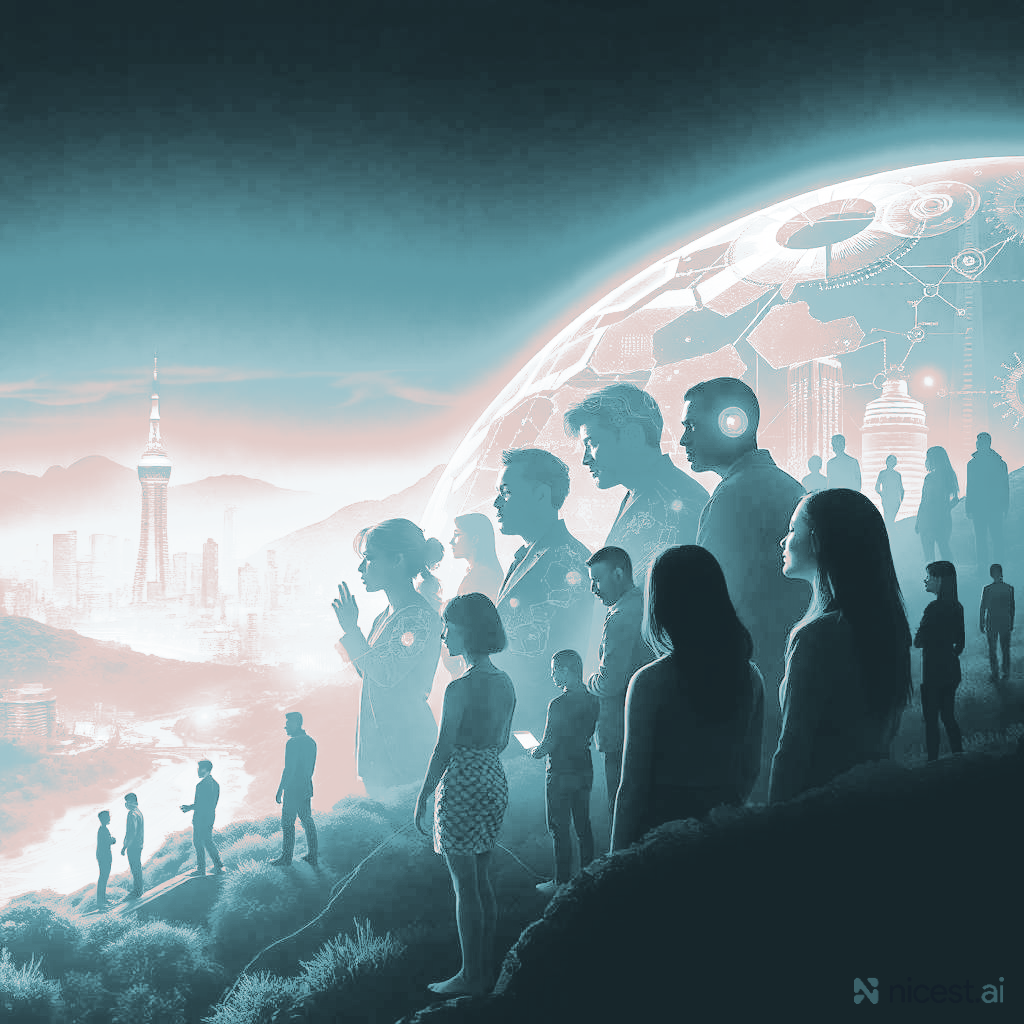The Rise of AI Agents: More Than Automation
AI agents are set to redefine automation in 2025, moving beyond chatbots to proactive, goal-driven systems that can observe, decide, act, and learn. This article demystifies the AI agent ecosystem, exploring their core mechanics, real-world applications, and the challenges of integrating autonomous intelligence into everyday workflows.
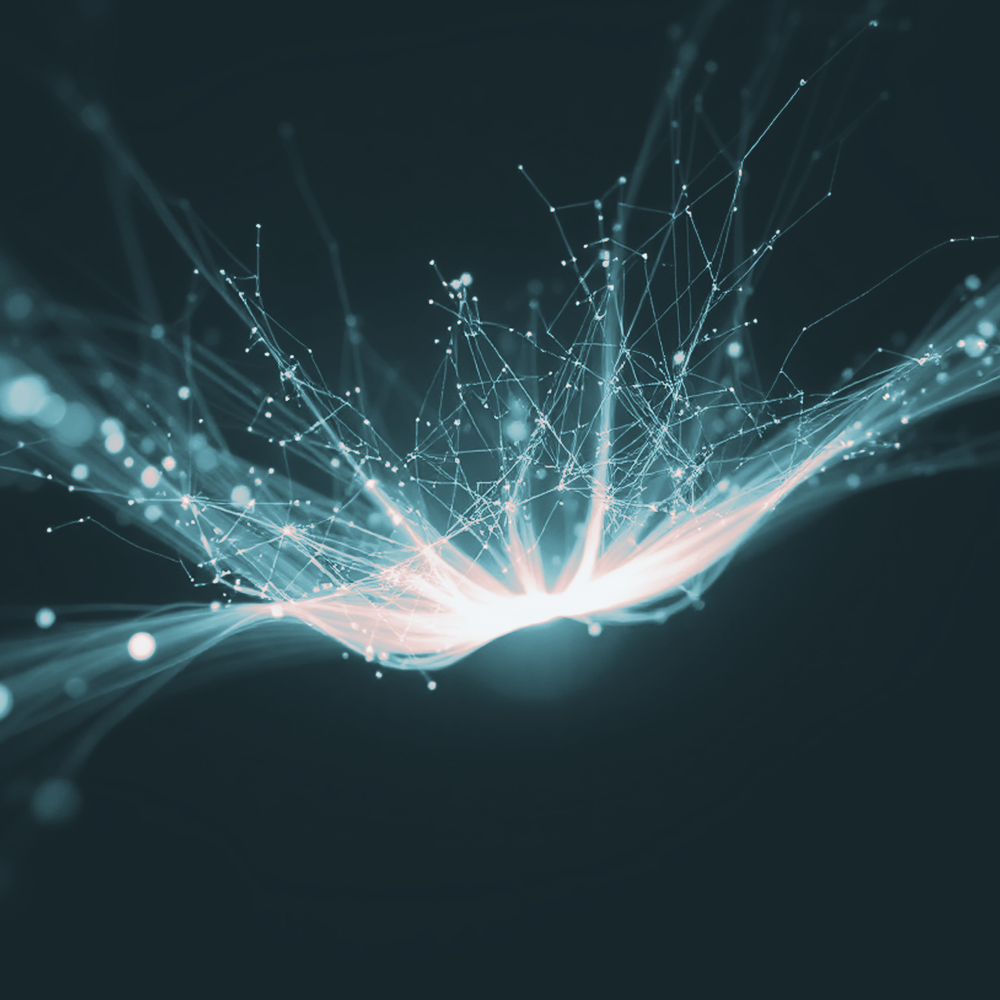
Understanding the Reality Behind 2025's Hottest AI Trend
The AI landscape is witnessing a gold rush, and everyone's staking their claim in AI agents. The announcement of Cristal Intelligence, a joint venture between SoftBank and OpenAI, aiming to automate knowledge work through AI agents. OpenAI's rapid-fire announcements of Deep Research and Operator. Google alumni raising $56M for /dev/agents to build an "agent operating system." The headlines paint a clear picture: 2025 is being heralded as the year AI agents will boom.
But what exactly are we talking about when we say "AI agents"? For those still wrapping their heads around chatbots and large language models, the agent explosion might seem like yet another layer of AI complexity. The term "agent" has become simultaneously overused, misused, and misunderstood. It's time to cut through the hype and understand how AI agents represent more than just another buzzword - they signal a fundamental paradigm shift in how AI will be woven into our daily lives.
Beyond the Headlines: What Makes an Agent?
To understand why major tech players are betting billions on AI agents, we first need to understand what distinguishes them from other AI applications. At their core, AI agents operate in a continuous loop of four key actions:
Observe: Collect data from their environment (databases, sensors, user requests, APIs)
Decide: Analyze the data using machine learning models and decision frameworks
Act: Execute the chosen action (send an email, update a spreadsheet, place an order)
Learn: Evaluate outcomes and adjust future behavior
This fundamental loop represents a shift from passive to active AI systems - from systems that simply respond to explicit commands to those that proactively engage with their environment.
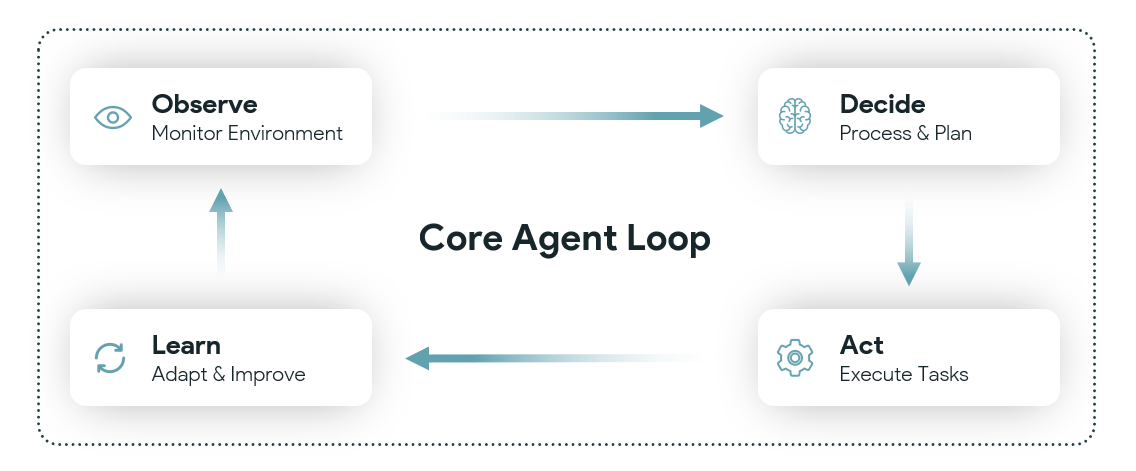
What Constitutes an AI Agent?
An AI agent is an autonomous software entity designed to achieve specific goals or tasks by interacting with its environment. The defining characteristics include:
Autonomy:
Operates independently with minimal human intervention.
Capable of initiating actions to fulfill its objectives.
Goal-Oriented Behavior:
Focuses on achieving predefined goals, often involving reasoning, planning, and decision-making.
Perception and Interaction:
Can perceive its environment through inputs (e.g., APIs, sensors, or user commands).
Acts on the environment by executing commands, querying data, or using tools.
Adaptability:
Adjusts its strategies or actions based on feedback or changes in the environment.
Often employs learning mechanisms (e.g., reinforcement learning, supervised fine-tuning) to improve over time.
Integration with Tools:
Leverages external tools, APIs, and resources to perform complex tasks, such as retrieving data, executing computations, or controlling systems.
Collaborative Potential:
Can work with other agents in multi-agent systems to achieve collective goals or optimize workflows.
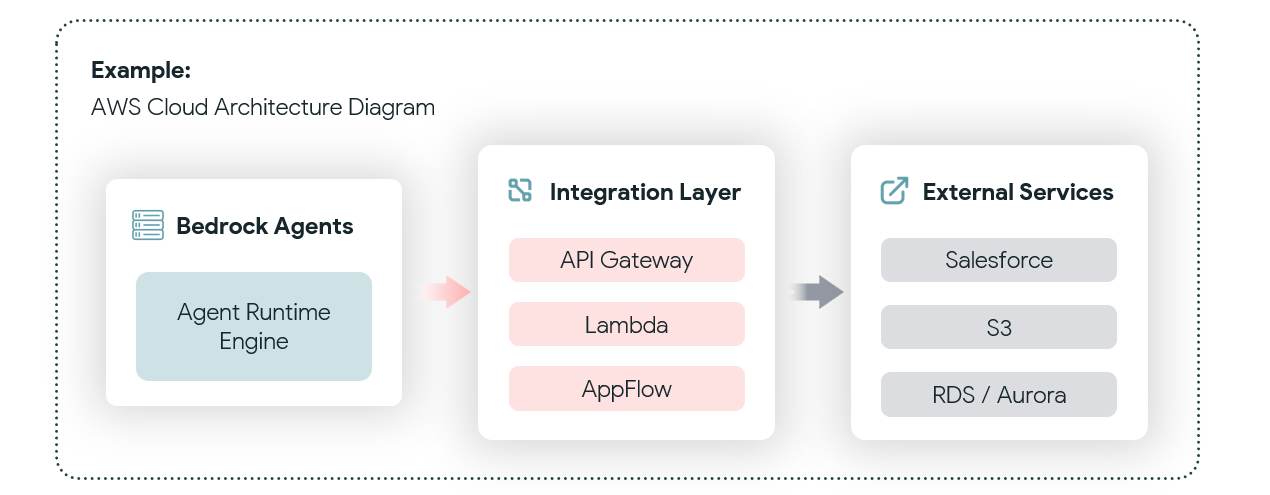
What Constitutes an Agentic System?
An Agentic System is a collection of AI agents (or a singular, sophisticated AI agent) that collaborates, communicates, and orchestrates actions to solve complex, often multi-step problems. Its defining traits include:
Multi-Agent Collaboration:
Involves multiple specialized agents that interact, delegate tasks, and share knowledge to achieve collective objectives.
Task Decomposition and Orchestration:
Decomposes large, complex tasks into smaller subtasks.
Uses mechanisms to coordinate between agents or subagents, often supervised by a primary "supervisor" agent.
Tool and Function Calling:
Equipped with the ability to invoke external functions, APIs, and tools for specific tasks, enhancing modularity and extensibility.
Dynamic Environment Interaction:
Operates in dynamic and open-ended environments, requiring agents to respond to new stimuli or unexpected scenarios.
Reasoning and Action Frameworks:
Seamlessly integrates reasoning (e.g., understanding a situation or problem) and action (e.g., executing a plan), often abbreviated as ReAct (Reason + Act).
Safety and Ethical Constraints:
Designed with safeguards to ensure ethical, secure, and controlled operations, especially when autonomous decision-making is involved.
The Evolution from Chatbots to Agents
The distinction between AI agents and traditional chatbots or automation tools lies in their fundamental architecture and capabilities. Modern AI agents maintain internal memory - whether a simple history of past decisions or a complex knowledge graph - allowing them to learn from experience and adapt to user preferences over time.
While chatbots follow predetermined conversation flows and automation tools execute fixed sequences, AI agents combine reasoning with action in dynamic environments. This shift from reactive to proactive AI systems marks a crucial evolution in artificial intelligence.
Distinctions Between AI Agents and Bots
AI Agents:
Autonomous, goal-oriented, often adaptive.
Operate in dynamic environments.
Leverage advanced reasoning and action frameworks.
AI Bots:
Task-specific, often deterministic.
Operate in constrained environments.
Execute preprogrammed rules or workflows.
In essence, an AI agent is an autonomous, goal-driven software entity capable of perceiving and acting on its environment, while an agentic system leverages multiple agents and orchestrates their interactions to tackle complex challenges efficiently and effectively. Both concepts are evolving to balance autonomy, functionality, and safety.
.png?sv=2022-11-02&ss=bfqt&srt=sco&sp=rwdlacupiytfx&se=2029-01-06T07:55:29Z&st=2025-01-05T23:55:29Z&spr=https&sig=Q9GNBSLOhzbu32jlNx2txHbnBMqrIYCmjZxGcgp%2BbZA%3D)
The Agent Ecosystem: Tools and Frameworks
The rapid emergence of AI agent development tools signals a maturing ecosystem. From AWS Bedrock Agents to Microsoft's AutoGen, major cloud providers and AI companies are racing to provide the infrastructure for this new paradigm.
The development of AI agents has become one of the most dynamic areas in artificial intelligence, fostering an ecosystem of frameworks and tools that empower developers to build autonomous, intelligent systems. This list, by no means exhaustive, aims to provide an illustrative overview of key frameworks that exemplify the growing capabilities of AI agents. These frameworks cater to a variety of needs, from low-code agent orchestration to cutting-edge multi-agent collaboration and task automation.
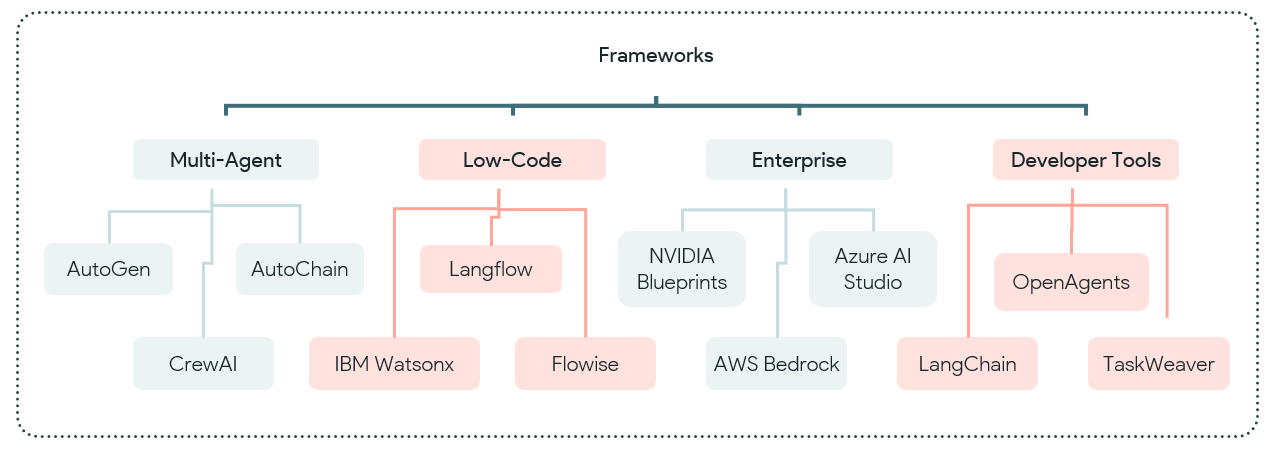
Resources:
Framework/Toolkit | Description | Website/Link |
LangGraph | Node-based framework that simplifies the creation of complex AI agent workflows, allowing developers to design and manage agent interactions through a visual interface. | |
AutoGPT | Experimental open-source project that chains LLM prompts to create self-prompting AI agents capable of autonomous task execution. | |
SuperAGI | Open-source platform for building, managing, and running autonomous AI agents capable of learning and interacting with environments. | |
Microsoft AutoGen | Framework for orchestrating multi-agent systems, allowing agents to collaborate, converse, and interact with humans and tools. | |
Hugging Face Transformers Agents | Suite of tools for building AI agents that perform various tasks, interact with APIs, and handle complex workflows. | |
IBM watsonx.ai Agent Builder | Low-code/no-code tool for developing AI agents through a visual interface. Supports prebuilt flows and custom architectures. | |
Azure AI Agent Service | Service for building task-specific AI agents that automate workflows and enhance productivity. Supports integration across domains. | |
Microsoft Semantic Kernel | Open-source framework that integrates AI models with external data sources and APIs, enabling the development of data-aware applications with advanced reasoning capabilities. | |
NVIDIA Blueprints | Prebuilt workflows and reference code that enable enterprises to develop and deploy custom AI agents. Focuses on generative AI applications. | |
smolagents (Hugging Face) | Lightweight, minimal-code library for building AI agents with an emphasis on simplicity and code-first approaches. | |
NVIDIA Agentic AI | AI systems designed to autonomously solve multi-step problems through reasoning, planning, and acting in complex environments. | |
Amazon Bedrock Agents | Fully managed service by AWS that enables developers to create AI-powered applications capable of executing complex, multi-step tasks by integrating foundation models with APIs and data sources. | |
CrewAI | Python framework designed for developing multi-agent systems, enabling collaboration between agents through user-friendly APIs. | |
Botpress | Modular framework for building autonomous AI agents with seamless integrations and customizable AI-driven capabilities. | |
OpenAI Swarm | Experimental framework by OpenAI for multi-agent systems, focusing on collaboration through routines and handoffs. |
The AI agent ecosystem is rapidly evolving, with open-source and proprietary frameworks enabling developers to build intelligent, autonomous systems. From AutoGPT's self-prompting capabilities to NVIDIA's enterprise-grade Blueprints, these tools are shaping the future of AI-driven automation and orchestration.
Real-World Implications
The recent surge in AI agent investments and announcements reflects a fundamental shift in how we think about software and automation. Consider a supply chain management scenario: an AI agent monitors inventory levels in real-time, checks multiple suppliers when stock runs low (considering factors like shipping times, costs, and reliability), automatically places optimal restock orders, and updates tracking systems.
While this might sound like traditional workflow automation, the agent approach fundamentally differs. Rather than following rigid, pre-programmed rules, agents operate based on high-level goals and objectives. A supply chain agent might be given goals like "maintain sufficient inventory to meet demand" and "minimize holding costs" while "ensuring reliable delivery times." The agent then determines how best to achieve these potentially competing objectives. It can adapt its strategies based on changing conditions - perhaps shifting to prioritize reliability during supply chain disruptions, or adjusting ordering patterns based on emerging demand trends. This goal-oriented flexibility stands in stark contrast to traditional automation systems that simply execute predefined logic chains.
Similarly, OpenAI's Deep Research demonstrates the potential for systems that autonomously navigate complex research tasks and synthesize findings.
The Cristal Intelligence joint venture points to a future where agents transform knowledge work. The vision extends beyond task automation to creating AI systems that understand context, make decisions, and operate with meaningful autonomy.
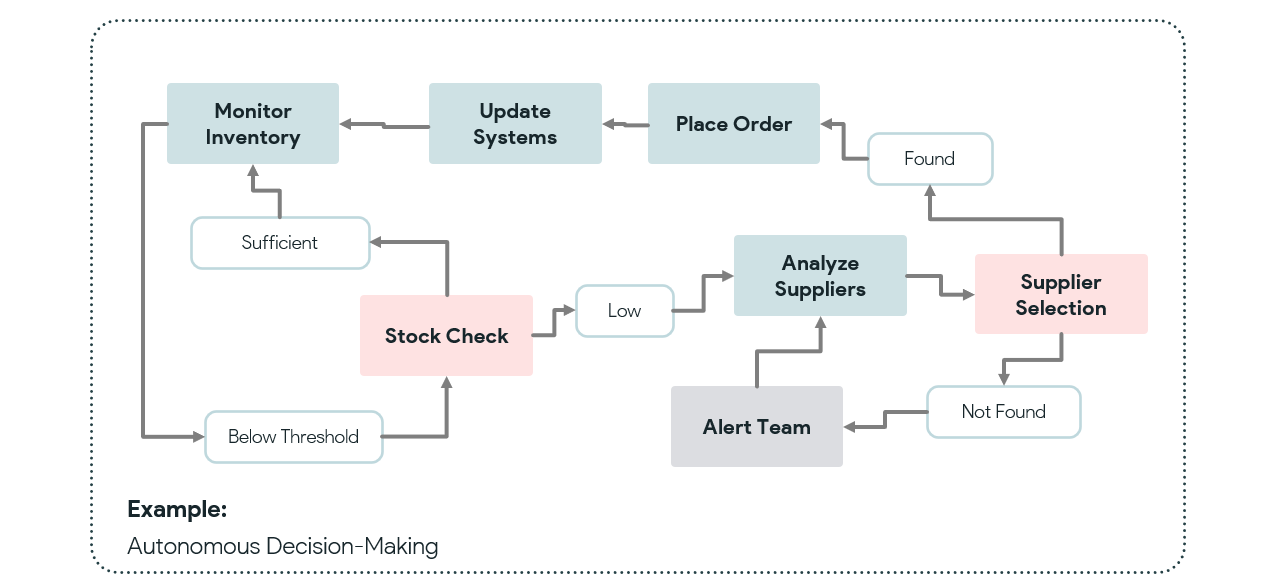
The Road Ahead: Opportunities and Challenges
As we move into 2025's predicted "Year of the Agent," several key questions emerge:
Safety and Control: How do we ensure agents operate within appropriate boundaries while maintaining their autonomous capabilities?
Integration and Interoperability: As the agent ecosystem grows, how do we ensure different agents can work together effectively?
Human-Agent Collaboration: What's the right balance between agent autonomy and human oversight?
Developer Experience and Tooling: How do we create development environments that support rapid creation, debugging, and management of agent systems while maintaining transparency and control?
Common Philosophical and Practical Themes
Autonomy with Guardrails:
While agents act independently, they often operate within defined ethical, safety, and operational boundaries to ensure reliability and trustworthiness.
Task Specialization:
AI agents are typically specialized for tasks (e.g., data retrieval, reasoning, API execution) and integrated into systems where they complement each other.
Actionable Intelligence:
Agents transform information into actions, often performing tasks that would traditionally require manual or programmatic effort.
Human Collaboration:
Many agentic systems include humans in the loop, either as supervisors or collaborators, to ensure accuracy and alignment with goals.
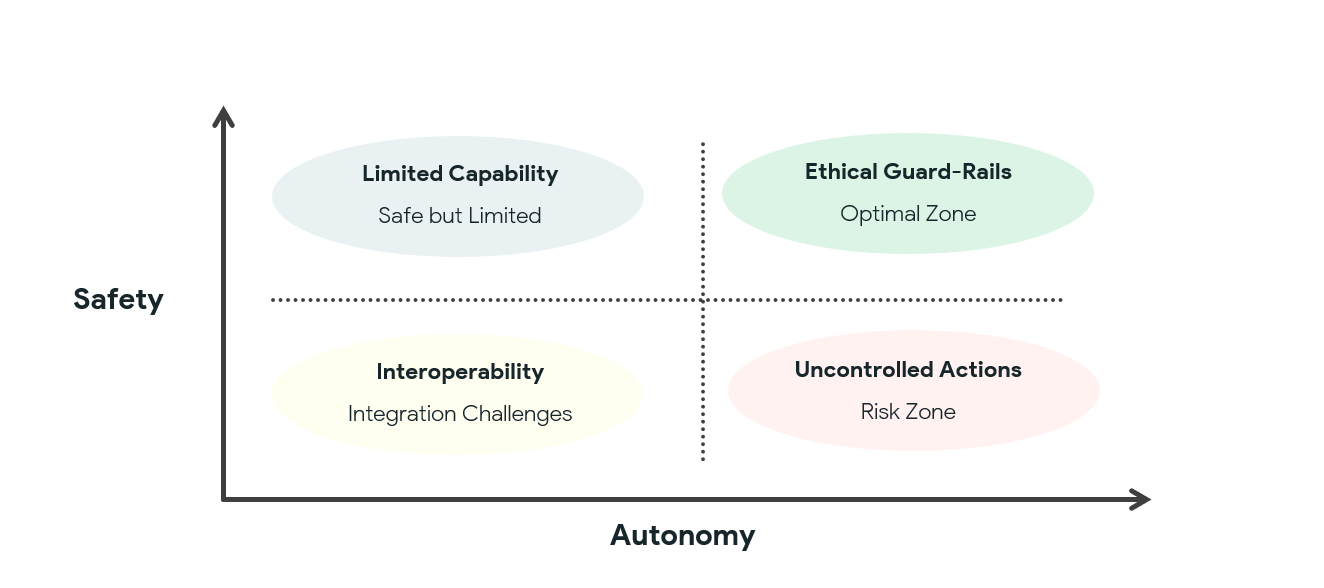
Conclusion: Pragmatic Optimism
The surge of interest in AI agents reflects a genuine technological transformation. The evolution from passive AI models to active, autonomous agents fundamentally changes how we think about software and automation. Success in this new era will come from understanding the core principles that make agents effective and applying them thoughtfully to real-world challenges.
The agent revolution transforms the relationship between humans and software. As we enter this new era, leadership will emerge from those who effectively harness agent architectures to solve meaningful problems while navigating the complex challenges of safety, control, and human collaboration.
.png?sv=2022-11-02&ss=bfqt&srt=sco&sp=rwdlacupiytfx&se=2029-01-06T07:55:29Z&st=2025-01-05T23:55:29Z&spr=https&sig=Q9GNBSLOhzbu32jlNx2txHbnBMqrIYCmjZxGcgp%2BbZA%3D)
.png?sv=2022-11-02&ss=bfqt&srt=sco&sp=rwdlacupiytfx&se=2029-01-06T07:55:29Z&st=2025-01-05T23:55:29Z&spr=https&sig=Q9GNBSLOhzbu32jlNx2txHbnBMqrIYCmjZxGcgp%2BbZA%3D)
